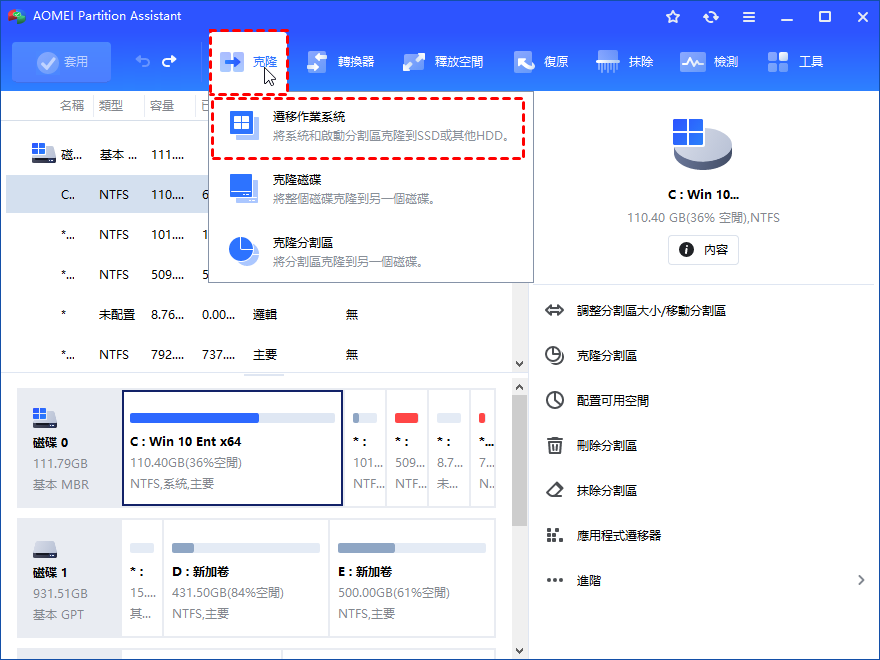
Clear this option to perform a low-level format that takes longer, but checks out every sector of the drive.
SSD DRIVE WINDOWS 10 FULL
Related: What is the Difference Between a Quick and Full Format? Volume label: Type a name for the drive as it will appear in File Explorer.Restore device defaults: Use this button to change all the options in the "Format" window back to the default for whatever drive is selected.We recommend leaving this value at its default of 4096 unless you have good reason to change it. Allocation unit size: The allocation unit size represents the maximum cluster size on a drive-the smallest units into which data are broken.If you're formatting a drive over 32 GB, you won't see the FAT32 option here, but we've got a guide to help you work around that if you need to. File system: Depending on the size of the drive you're formatting, you'll see a few options here, including FAT32, exFAT, and NTFS.

SSD DRIVE WINDOWS 10 HOW TO
Related: How to Format USB Drives Larger Than 32GB With FAT32 on Windows The dropdown shows only the drive you selected, so there's not much to do with this option other than make sure you've got the right drive selected. Capacity: This box shows the capacity of the drive.If, however, you need to securely erase the data from a drive-say you're tossing the drive or giving it away-consider a third-party tool like Eraser or DBan. For practical purposes, you can consider the data gone when you format a drive. So while you could still recover data from drives that have been formatted using the technique we're discussing here, it requires a special utility and some time. Instead, it marks the space your data used as available for writing to. Note: Formatting using most format utilities does not technically erase your drive. Related: How to Wipe (Securely Erase) Your Devices Before Disposing of or Selling Them

Related: What File System Should I Use for My USB Drive?
SSD DRIVE WINDOWS 10 PC
While you'll typically use NTFS for internal drives on a Windows PC (and, in fact, you're forced to for your system drive), choosing a file system matters more when you're formatting an external USB drive. Windows makes several file systems available to you-including FAT32, exFAT, and NTFS-and they all have their advantages and disadvantages. The biggest reason for reformatting, though, is if you want to change the file system used on the drive to something else. For example, formatting typically removes most of the data on a drive, making it a quicker way to erase a large drive than simply deleting everything on it.


 0 kommentar(er)
0 kommentar(er)
